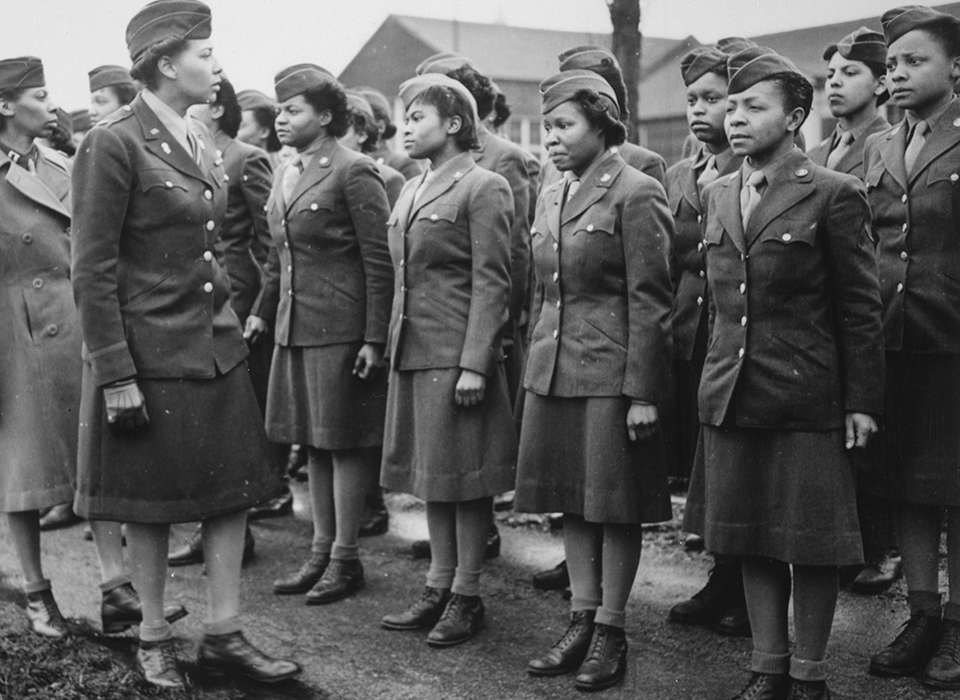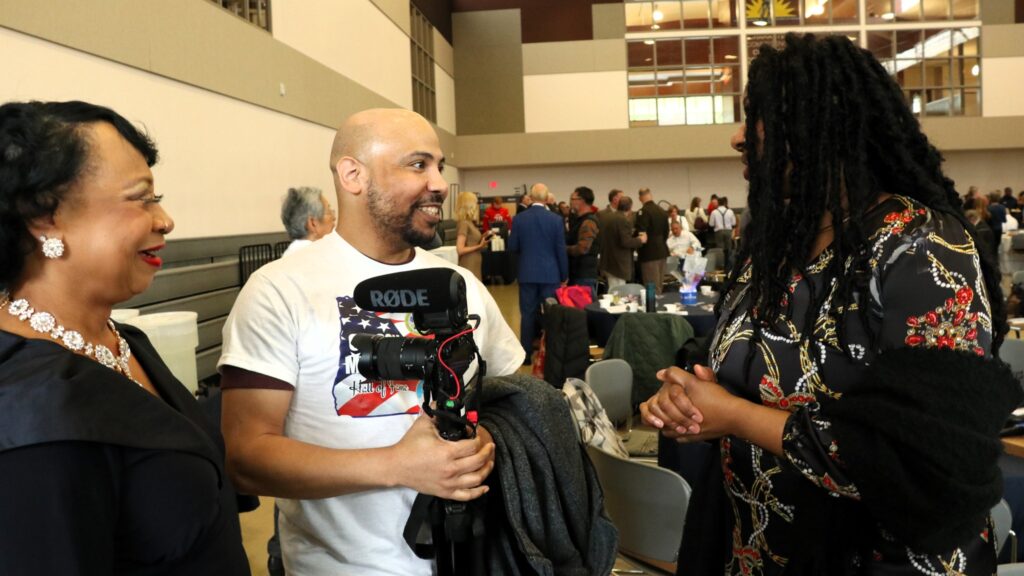![]()
In honor of Black History Month, the Oregon Department of Veterans’ Affairs is spotlighting the military service of Black service members through history and profiling the many contributions they made to preserve our nation’s democracy and keep the United States safe and free.
The series will include historical articles recounting the achievements of multiple extraordinary Black military units who served before the United States Armed Forces was desegregated by presidential order in 1948, as well as profiles of Black service members who served during more recent eras of conflict.
During World War II, an estimated 1.3 million African American soldiers served in all fields of service, with several units becoming the stuff of legend.
The 761st Tank Battalion’s motto was “Come Out Fighting,” and that it did, from its first engagement at the little Belgian town of Morville-les-Vic in November 1944, and through heavy combat right through to the end of the war.
Brought into existence on April 1, 1942, at Camp Claiborne, Louisiana, the 761st Tank Battalion trained amid the restrictions and racism of the Jim Crow South. First Lieutenant Jack “Jackie” Robinson of the 761st, an athlete who would become one of the greatest baseball players of all time, lost his chance to see combat when he refused to move to the back of a segregated military bus during an incident at Fort Hood, Texas in July 1944.
The 761st battalion’s commander, Lt. Col. Paul L. Bates, refused to prosecute Robinson, but his superiors got around that by transferring the lieutenant to another unit, where he was court-martialed. Robinson was later acquitted, but too late to rejoin the Black Panthers.
The 761st arrived in France on Oct. 10, 1944, coming ashore at Omaha Beach and moving into Belgium at the beginning of November. General George S. Patton famously gave the Black Panthers a pep talk, saying in part: “Men, you’re the first Negro tankers to ever fight in the American Army. I would never have asked for you if you weren’t good. I have nothing but the best in my Army.”
On Nov. 7, 1944, the Black Panthers became the first Black tank unit to see combat as they attacked the German-held town of Morville-les-Vic in support of the 26th Infantry Division. At the end of the battle, after the Panthers had captured the town, a German officer would give his opinion that the unit “was only equaled by that of a Russian tank crew under similar circumstances.”
By the end of the war, the Black Panthers had fought their way further east than nearly every other unit from the United States, receiving 391 decorations for heroism. They fought in France and Belgium, and were one of the first American battalions to meet the Russian Army in Austria.
They also broke through Nazi Germany’s Siegfried line, allowing General George S. Patton‘s troops to enter Germany.
During the war, the 761st participated in four major Allied campaigns including the Battle of the Bulge, the last major German World War II campaign on the Western Front. Germany’s defeat in this battle is widely credited with turning the tide of the war towards an Allied victory.
Views: 451




